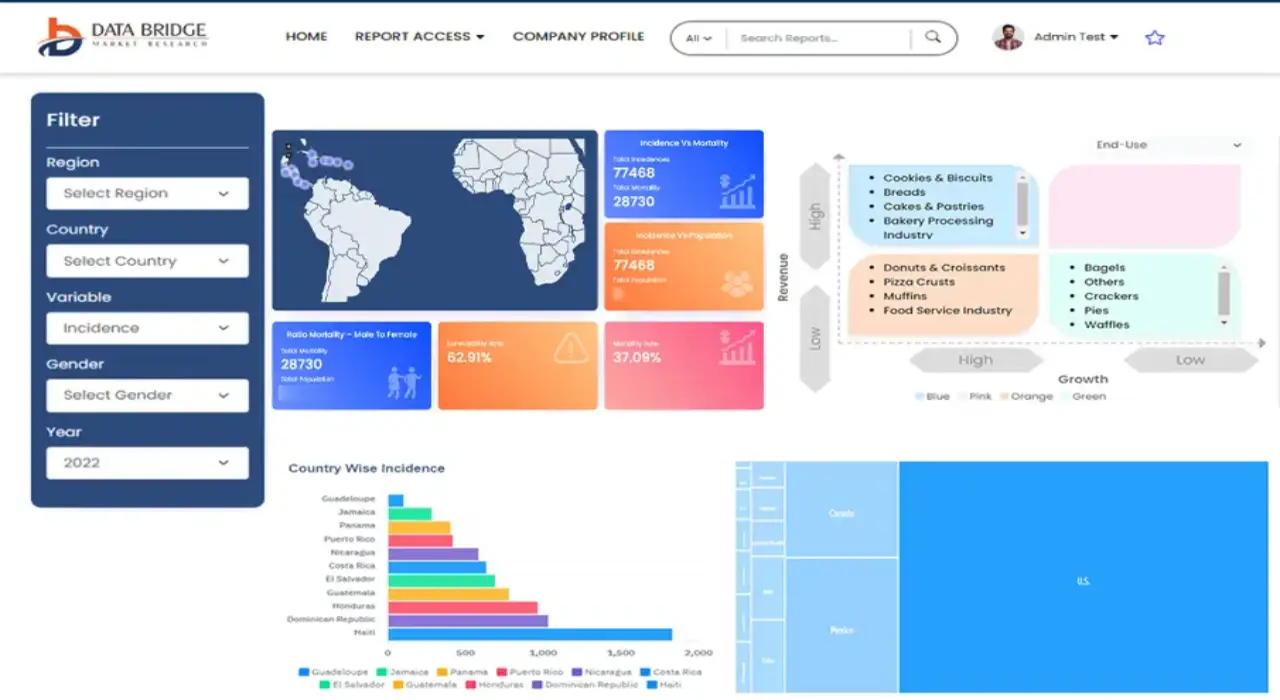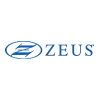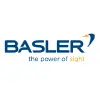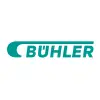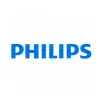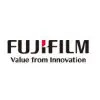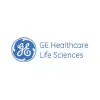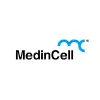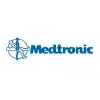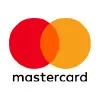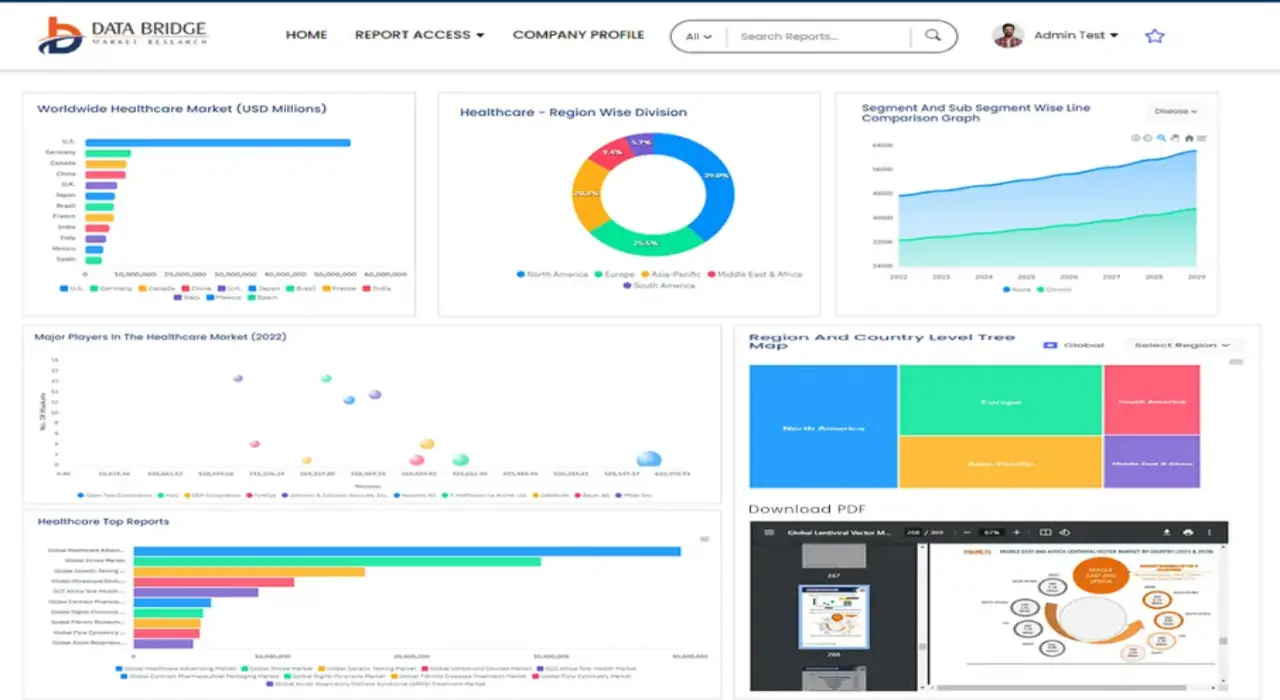Global Orthotic Devices Market
Market Size in USD Billion
CAGR :
% 
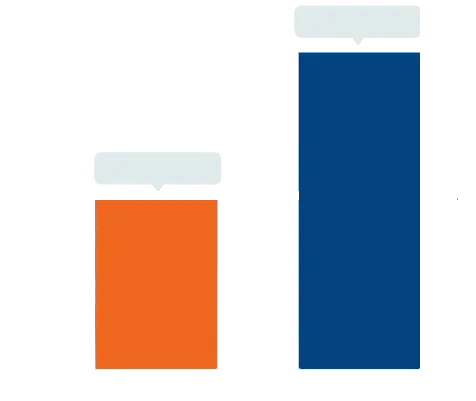 USD
2.51 Billion
USD
3.75 Billion
2021
2029
USD
2.51 Billion
USD
3.75 Billion
2021
2029
| 2022 –2029 | |
| USD 2.51 Billion | |
| USD 3.75 Billion | |
|
|
|
|
Global Orthotic Devices Market, By Products (Surgical Devices, Accessories), Postures (Dynamic Orthotic Devices, Static Orthotic Devices), Products Type (Ankle Braces And Supports, Foot Insoles, Knee Braces and Supports, Orthopaedic Braces and Support, Orthotic Splints, Spinal Braces and Supports, Upper Extremity Braces and Supports), Device Type (Upper Extremity Orthotics, Lower Extremity Orthotics, Cervical/Spinal Orthotics), Manufacturing Method (Custom Orthotic Devices, Custom-Fitted Orthotic Devices, Pre-Fabricated Orthotic Devices), Materials (Polypropylene, Leather), Application (Chronic Diseases, Cranio-Maxillofacial (CMF), Dental, Disabilities, Hip, Injuries, Knee, Pediatrics, Spine, Sports Injuries, Extremities and Trauma (SET)), End Users (Ambulatory Surgical Centers, Hospitals, Specialty Clinics), Distribution Channels (Retail Outlets, Pharmacies, Online Sales, Orthotic Clinics) – Industry Trends and Forecast to 2029.
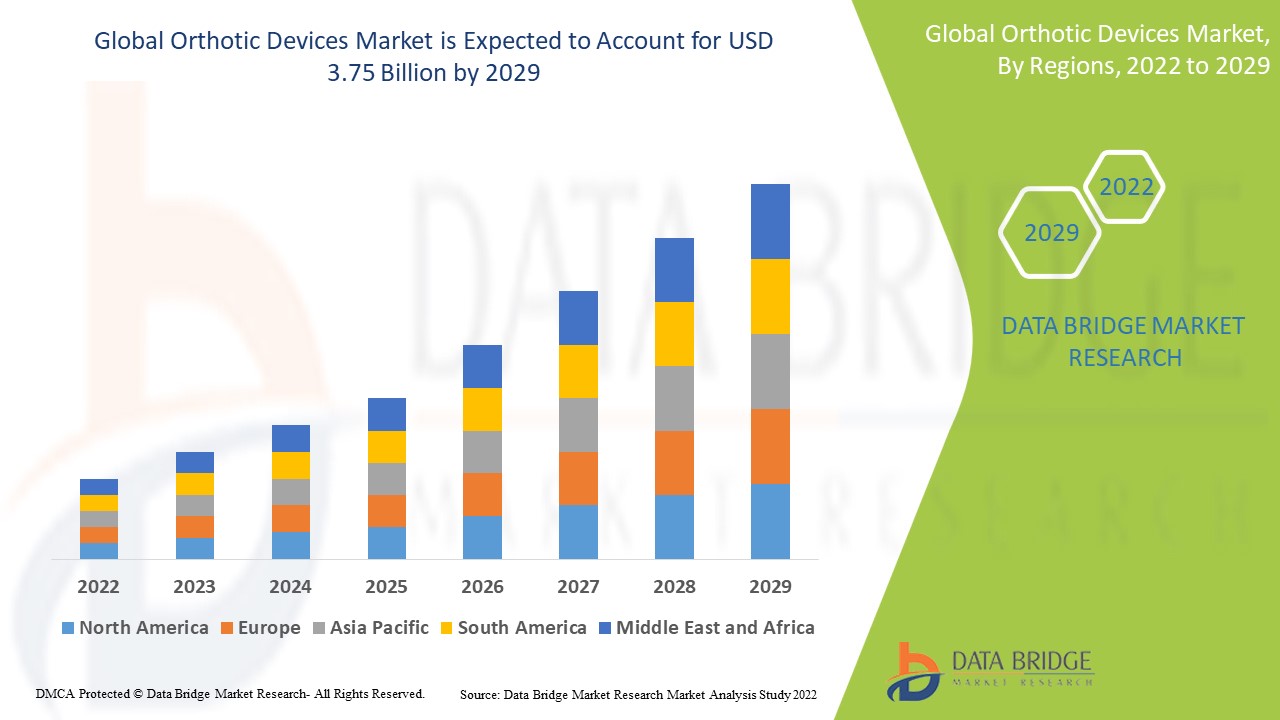
Orthotic Devices Market Analysis and Size
According to the World Health Organization (WHO), the number of elderly people aged 60 and up will increase by 22% by 2050, more than doubling from 12% in 2015. By 2050, low and middle-income countries would house 80% of the total geriatric population. Musculoskeletal injuries and other bone-related conditions are common among younger adults and the elderly. According to a WHO study, approximately 1.7 billion people worldwide have musculoskeletal conditions that cause disability. In addition, the increased R&D expenditure is expected to drive the global orthotic devices market in the coming years.
Data Bridge Market Research analyses that the orthotic devices market which was USD 2.51 billion in 2021, is expected to reach USD 3.75 billion by 2029, at a CAGR of 5.15% during the forecast period 2022 to 2029. In addition to the insights on market scenarios such as market value, growth rate, segmentation, geographical coverage, and major players, the market reports curated by the Data Bridge Market Research also include depth expert analysis, patient epidemiology, pipeline analysis, pricing analysis, and regulatory framework.
Orthotic Devices Market Scope and Segmentation
|
Report Metric |
Details |
|
Forecast Period |
2022 to 2029 |
|
Base Year |
2021 |
|
Historic Years |
2020 (Customizable to 2014 - 2019) |
|
Quantitative Units |
Revenue in USD Billion, Volumes in Units, Pricing in USD |
|
Segments Covered |
Products (Surgical Devices, Accessories), Postures (Dynamic Orthotic Devices, Static Orthotic Devices), Products Type (Ankle Braces And Supports, Foot Insoles, Knee Braces and Supports, Orthopaedic Braces and Support, Orthotic Splints, Spinal Braces and Supports, Upper Extremity Braces and Supports), Device Type (Upper Extremity Orthotics, Lower Extremity Orthotics, Cervical/Spinal Orthotics), Manufacturing Method (Custom Orthotic Devices, Custom-Fitted Orthotic Devices, Pre-Fabricated Orthotic Devices), Materials (Polypropylene, Leather), Application (Chronic Diseases, Cranio-Maxillofacial (CMF), Dental, Disabilities, Hip, Injuries, Knee, Pediatrics, Spine, Sports Injuries, Extremities and Trauma (SET)), End Users (Ambulatory Surgical Centers, Hospitals, Specialty Clinics), Distribution Channels (Retail Outlets, Pharmacies, Online Sales, Orthotic Clinics) |
|
Countries Covered |
U.S., Canada and Mexico in North America, Germany, France, U.K., Netherlands, Switzerland, Belgium, Russia, Italy, Spain, Turkey, Rest of Europe in Europe, China, Japan, India, South Korea, Singapore, Malaysia, Australia, Thailand, Indonesia, Philippines, Rest of Asia-Pacific (APAC) in the Asia-Pacific (APAC), Saudi Arabia, U.A.E, South Africa, Egypt, Israel, Rest of Middle East and Africa (MEA) as a part of Middle East and Africa (MEA), Brazil, Argentina and Rest of South America as part of South America |
|
Market Players Covered |
Smith+Nephew (U.K.), Ossur (Iceland), Nuvasive, Inc. (U.S.), Life science, Inc. (U.S.), Globus Medical (U.S.), Exactech, Inc. (U.S.), B. Braun SE (Germany), Johnson & Johnson Services Inc. (U.S.), Zimmer Biomet (U.S.), Bioventus (U.S.), Synergy Orthopedics (U.S.), DJO LLC (U.S.), Medtronic (Ireland), NeuroMetrix, Inc (U.S.), Abbott (U.S.), Uroplasty Inc (U.S.), Cogentix Medical (U.S.), Aleva Neurotherapeutics (Switzerland), Stryker (U.S.), CONMED (U.S.), SINTX Technologies, Inc. (U.S.), Alphatec Spine, Inc. (U.S.), Microport Scientific Corporation (China), Wright Medical Group N.V. (U.S.) |
|
Market Opportunities |
|
Market Definition
Orthotic devices, also known as orthoses, are external devices placed on the body to correct abnormal bone and muscle structures. The doctor secures the orthosis to Lee's ankle and foot, allowing him to function while it heals. The device is typically attached to the foot or wrist, depending on the injury. These devices are designed to electrically stimulate a pincer movement or grasp. The position of the hand in space can be tracked using parameters such as reading accuracy, velocity, and trajectory using virtual reality and augmented feedback.
Global Orthotic Devices Market Dynamics
Drivers
- Rising incidence of trauma and accident cases
Arthritis is regarded as one of the most common articular diseases among people over the age of 65. According to the Centers for Disease Control and Prevention (CDC), an estimated 63 million Americans have arthritis, which is expected to rise to 78 million by 2040. Furthermore, according to World Population Prospects: The 2019 Revision Data, 1 in 11 people in 2019 were over the age of 65, this will rise to 1 in 6 people by 2050.
Furthermore, an increasing incidence of trauma and accident cases worldwide is considered as one of the major factors likely to boost the demand for the market. According to the National Safety Council, in 2018, around 4.5 million people were severely injured due to accidents. Thus, the above-mentioned factors show that the orthotic devices market is expected to witness significant growth globally over the forecast period.
- Rising number of fracture cases
The growing number of fracture cases and the effectiveness of external bone growth stimulators are driving up demand of the products. According to a study published in the Archives of Osteoporosis, 2020, fragility fractures in the five largest European Union countries plus Sweden (EU6) accounted for 2.7 million in 2017 and are expected to reach 3.3 million by 2030, a 23% increase from 2017. Furthermore, according to a study published in the Orthopaedic Trauma Association International in 2020, 14% of the Australian population has osteoporosis, and 60,000 hip fractures are expected to occur in Australia by 2050. This reflects the growing global burden of fracture. Therefore, there is a growing demand for orthotic devices which will contribute to the growth of the market during the forecast period.
Opportunities
- Rise in prevalence of orthopedic diseases
According to the Arthritis Foundation, degenerative joint disorders like osteoarthritis will affect nearly 130 million people worldwide by 2050. The rise in the prevalence and burden of orthopaedic diseases has increased the patient pool undergoing minimally invasive surgeries worldwide. As a result, bone growth stimulators are in high demand. The high prevalence of bone marrow transplants and bone cancers adds to the demand for orthotic devices.
Restraints/Challenges
- High cost of orthotic devices
High cost of orthotic devices and the low adoption rate in emerging and underdeveloped countries will obstruct the market's growth rate. Single tooth rotations can be corrected but not the multiple rotations.
This orthotic devices market report provides details of new recent developments, trade regulations, import-export analysis, production analysis, value chain optimization, market share, impact of domestic and localized market players, analyses opportunities in terms of emerging revenue pockets, changes in market regulations, strategic market growth analysis, market size, category market growths, application niches and dominance, product approvals, product launches, geographic expansions, technological innovations in the market. To gain more info on the orthotic devices market contact Data Bridge Market Research for an Analyst Brief, our team will help you take an informed market decision to achieve market growth.
COVID-19 Impact on the Orthotic Devices Market
The pandemic had a significant impact on orthotic services, with face-to-face appointments primarily reserved for urgent patients and inpatients, services closing and reopening in stages, and the introduction of telehealth to ensure less urgent patients could continue to access orthotic care. Future service evaluation studies are needed to determine how the pandemic has affected orthotic services and the effectiveness of recovery plans.
Recent developments
- In July 2022, ActivArmor, a biomedical technology company, signed a partnership agreement with Fusion3 to commercialize waterproof custom cast fabrication, expanding its distribution reach across the United States.
- In November 2021, OrthoPets of the Dassiet will launch an effective animal casting solution. Dassiet, a material innovation company, and OrthoPets, a leading pet orthosis manufacturer based in the United States, have begun working together to develop sustainable, safe, and user-friendly pet healthcare products. Both companies want to start by addressing the issues surrounding veterinary casting, splints, and bandages and then provide vets, pets, and pet owners with solutions.
Global Orthotic Devices Market Scope
The orthotic devices market is segmented on the basis of product, postures, products type, device type, manufacturing method, materials, application, end users and distribution channels. The growth amongst these segments will help you analyze meagre growth segments in the industries and provide the users with a valuable market overview and market insights to help them make strategic decisions for identifying core market applications.
Products
- Surgical Devices
- Accessories
Postures
- Dynamic Orthotic Devices
- Static Orthotic Devices
Products Type
- Ankle Braces and Supports
- Foot Insoles
- Knee Braces and Supports
- Orthopaedic Braces and Support
- Orthotic Splints
- Spinal Braces and Supports
- Upper Extremity Braces and Supports
Device Type
- Upper Extremity Orthotics
- Lower Extremity Orthotics
- Cervical/Spinal Orthotics
Manufacturing Method
- Custom Orthotic Devices
- Custom-Fitted Orthotic Devices
- Pre-Fabricated Orthotic Devices
Materials
- Polypropylene
- Leather
Application
- Chronic Diseases
- Cranio-Maxillofacial (CMF)
- Dental
- Disabilities
- Hip
- Injuries
- Knee
- Pediatrics
- Spine
- Sports Injuries
- Extremities and Trauma (SET)
End Users
- Ambulatory Surgical Centers
- Hospitals
- Specialty Clinics
Distribution Channels
- Retail Outlets
- Pharmacies
- Online Sales
- Orthotic Clinics
Orthotic Devices Market Regional Analysis/Insights
The orthotic devices market is analyzed and market size insights and trends are provided by country, product, postures, products type, device type, manufacturing method, materials, application, end users and distribution channels as referenced above.
The countries covered in the orthotic devices market report are U.S., Canada and Mexico in North America, Germany, France, U.K., Netherlands, Switzerland, Belgium, Russia, Italy, Spain, Turkey, Rest of Europe in Europe, China, Japan, India, South Korea, Singapore, Malaysia, Australia, Thailand, Indonesia, Philippines, Rest of Asia-Pacific (APAC) in the Asia-Pacific (APAC), Saudi Arabia, U.A.E, South Africa, Egypt, Israel, Rest of Middle East and Africa (MEA) as a part of Middle East and Africa (MEA), Brazil, Argentina and Rest of South America as part of South America.
North America dominates the orthotic devices market due to the increasing prevalence of the elderly population suffering from osteoarthritis and osteoporosis, key players, and growth of orthopaedic clinics in the region.
Asia-Pacific is expected to grow at the highest growth rate in the forecast period of 2022 to 2029 due to the growing prevalence of traumatic injuries due to accidents, sports and violence, among others and surge in disposable income.
The country section of the report also provides individual market impacting factors and changes in regulation in the market domestically that impacts the current and future trends of the market. Data points like down-stream and upstream value chain analysis, technical trends and porter's five forces analysis, case studies are some of the pointers used to forecast the market scenario for individual countries. Also, the presence and availability of global brands and their challenges faced due to large or scarce competition from local and domestic brands, impact of domestic tariffs and trade routes are considered while providing forecast analysis of the country data.
Healthcare Infrastructure Growth Installed base and New Technology Penetration
The orthotic devices market also provides you with detailed market analysis for every country growth in healthcare expenditure for capital equipment, installed base of different kind of products for orthotic devices market, impact of technology using life line curves and changes in healthcare regulatory scenarios and their impact on the orthotic devices market. The data is available for historic period 2010-2020.
Competitive Landscape and Orthotic Devices Market Share Analysis
The orthotic devices market competitive landscape provides details by competitor. Details included are company overview, company financials, revenue generated, market potential, investment in research and development, new market initiatives, global presence, production sites and facilities, production capacities, company strengths and weaknesses, product launch, product width and breadth, application dominance. The above data points provided are only related to the companies' focus related to orthotic devices market.
Some of the major players operating in the orthotic devices market are:
- Smith+Nephew (U.K.)
- Ossur (Iceland)
- Nuvasive, Inc. (U.S.)
- Life science, Inc. (U.S.)
- Globus Medical (U.S.)
- Exactech, Inc. (U.S.)
- B. Braun SE (Germany)
- Johnson & Johnson Services Inc. (U.S.)
- Zimmer Biomet (U.S.)
- Bioventus (U.S.)
- Synergy Orthopedics (U.S.)
- DJO LLC (U.S.)
- Medtronic (Ireland)
- NeuroMetrix, Inc (U.S.)
- Abbott (U.S.)
- Uroplasty Inc (U.S.)
- Cogentix Medical (U.S.)
- Aleva Neurotherapeutics (Switzerland)
- Stryker (U.S.)
- CONMED (U.S.)
- SINTX Technologies, Inc. (U.S.)
- Alphatec Spine, Inc. (U.S.)
- Microport Scientific Corporation (China)
- Wright Medical Group N.V. (U.S.)
SKU-
Get online access to the report on the World's First Market Intelligence Cloud
- Interactive Data Analysis Dashboard
- Company Analysis Dashboard for high growth potential opportunities
- Research Analyst Access for customization & queries
- Competitor Analysis with Interactive dashboard
- Latest News, Updates & Trend analysis
- Harness the Power of Benchmark Analysis for Comprehensive Competitor Tracking
Research Methodology
Data collection and base year analysis are done using data collection modules with large sample sizes. The stage includes obtaining market information or related data through various sources and strategies. It includes examining and planning all the data acquired from the past in advance. It likewise envelops the examination of information inconsistencies seen across different information sources. The market data is analysed and estimated using market statistical and coherent models. Also, market share analysis and key trend analysis are the major success factors in the market report. To know more, please request an analyst call or drop down your inquiry.
The key research methodology used by DBMR research team is data triangulation which involves data mining, analysis of the impact of data variables on the market and primary (industry expert) validation. Data models include Vendor Positioning Grid, Market Time Line Analysis, Market Overview and Guide, Company Positioning Grid, Patent Analysis, Pricing Analysis, Company Market Share Analysis, Standards of Measurement, Global versus Regional and Vendor Share Analysis. To know more about the research methodology, drop in an inquiry to speak to our industry experts.
Customization Available
Data Bridge Market Research is a leader in advanced formative research. We take pride in servicing our existing and new customers with data and analysis that match and suits their goal. The report can be customized to include price trend analysis of target brands understanding the market for additional countries (ask for the list of countries), clinical trial results data, literature review, refurbished market and product base analysis. Market analysis of target competitors can be analyzed from technology-based analysis to market portfolio strategies. We can add as many competitors that you require data about in the format and data style you are looking for. Our team of analysts can also provide you data in crude raw excel files pivot tables (Fact book) or can assist you in creating presentations from the data sets available in the report.
